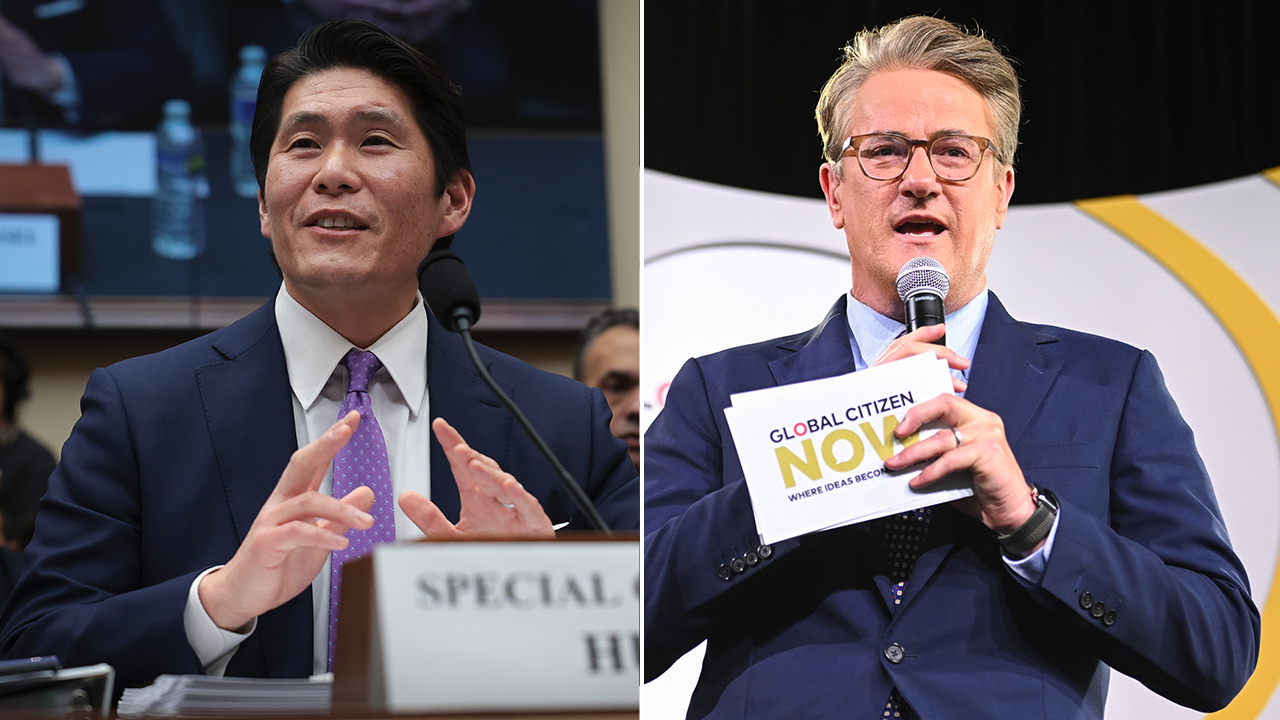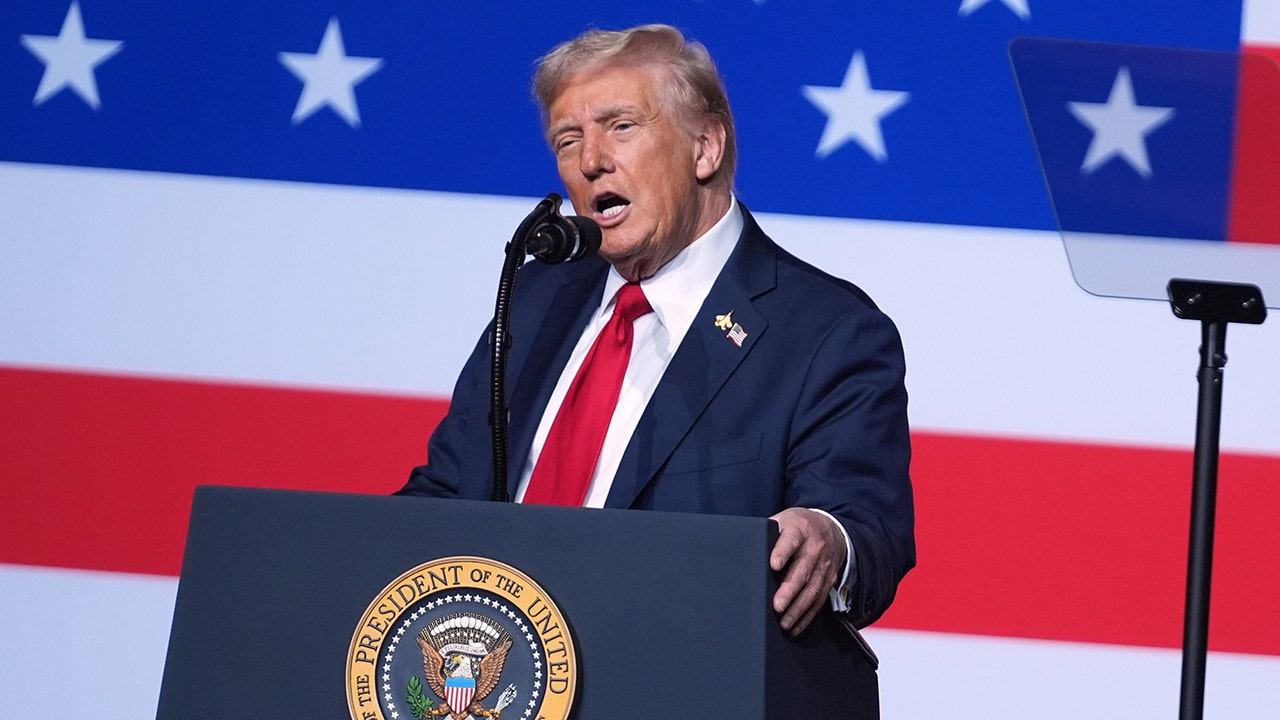California Governor Gavin Newsom on Wednesday released the May revision of his 2025–2026 budget proposal, which includes a controversial 15-year extension of the state’s cap-and-trade program and a renewed commitment to fund the state’s long-delayed high-speed rail project.
3/ Let me break down how cap-and-trade works:
– State sets unrealistic pollution limits
– Companies BUY permits to pollute above the limits
– State makes moneyIt punishes producers, rewards cronies, and drives smaller businesses under.
The establishment LOVES it pic.twitter.com/rCUlxh9MsV
— Rod D. Martin (@RodDMartin) April 17, 2025
Trump’s Sovereign Wealth Fund: What Could It Mean For Your Money?
The revised budget plan, first reported by Politico, proposes that California’s cap-and-trade program—currently set to expire in 2030—be extended through 2045.
This Could Be the Most Important Video Gun Owners Watch All Year
The system, originally established in 2013, requires companies like natural gas and coal power plants to purchase carbon allowances in order to emit greenhouse gases.
According to the California Air Resources Board (CARB), the cap-and-trade program is intended to gradually reduce emissions while encouraging investment in cleaner energy technologies.
However, the proposal to extend the program has drawn warnings from analysts and energy policy experts who say it may significantly increase gas prices for California residents.
Marlo Lewis Jr., a senior fellow at the Competitive Enterprise Institute, told the Daily Caller News Foundation (DCNF) that the extension could raise gas prices by up to 74 cents per gallon, citing reduced in-state refining capacity and the state’s already highest-in-the-nation gasoline tax.
“California refining capacity is dying, it is dwindling,” Lewis said.
“Two major [oil] refineries in California are set to close this year… California basically has to produce its own oil and gas or import it by rail and ship.”
A report by California’s nonpartisan Legislative Analyst’s Office (LAO) projected that lower-income Californians would be disproportionately affected by rising fuel prices, as they spend a greater share of their income on transportation costs.
In response, CARB spokesperson Lindsay Buckley stated the LAO’s projection represents a hypothetical extreme, not a likely scenario.
“Cost containment measures are in place to prevent price spikes to high levels,” Buckley said.
She added that extending the program “provides market certainty and attracts liquidity to manage price volatility.”
President Donald Trump issued an executive order in April targeting programs similar to California’s, asserting they unfairly penalize domestic energy producers while raising energy costs for Americans.
“These high fuel prices in California have nothing to do with corporate greed… They have everything to do with the energy infrastructure of California,” Lewis said.
Newsom’s updated budget also proposes dedicating at least $1 billion annually to the state’s high-speed rail project, which has long been plagued by cost overruns and delays.
The California High-Speed Rail Authority (CHSRA), created in 1996, originally estimated the system would cost $33 billion and be completed by 2020.
To date, only 119 of the planned 776 miles are under construction, with total cost estimates now ranging from $89 billion to $128 billion.
Marc Joffe, a visiting fellow at the California Policy Center, told DCNF that the funding is not sufficient to complete the full line from San Francisco to Los Angeles.
“They would have to hope they could get more money from the government to fund the high-speed rail, or a private company would have to fund it,” Joffe said.
“But it is pretty unlikely… as it has not really met any of its objectives so far.”
In February, the Trump administration’s Department of Transportation announced an investigation into the CHSRA, reviewing whether to rescind $4 billion in federal funds earmarked for a rail line in the Central Valley.
Transportation Secretary Sean Duffy stated at the time that taxpayers had “subsidized” the over-budget and delayed project for too long.
California is facing a projected $12 billion budget deficit.
According to the Hoover Institution, state spending has increased more than 63% since Newsom took office in 2019.
California’s budgets since Gov. Newsom took office have gone from $208 Billion in 2019 to the $322 Billion he proposed today.
As he blamed President Trump’s tariffs for CA’s money problems, I asked if any of those problems are self-inflicted.
How he responded: pic.twitter.com/weRQL8p1T2
— Ashley Zavala (@ZavalaA) May 15, 2025
The state has also experienced a sharp population decline during Newsom’s tenure, with many citing the high cost of living as a reason for relocating.
Despite criticism, CHSRA CEO Ian Choudri defended the governor’s budget.
“The cap-and-trade commitment of a minimum of $1 billion per year will help us finish the Merced to Bakersfield line and build on that momentum… to extend out to the Bay Area and Los Angeles,” Choudri said in a statement.
Newsom defended the cap-and-trade extension and rail funding in a statement provided to DCNF, saying, “California won’t bend the knee to a federal administration hellbent on making America polluted again… We’re going to make polluters pay for solutions to the climate crisis they helped create.”
A spokesperson for Newsom’s office stated the cap-and-trade program has created an estimated 122,000 jobs and returned $15 billion in utility bill credits to Californians, averaging more than $1,100 per household since 2014.
Connect with Vetted Off-Duty Cops to Instantly Fulfill Your Security Needs
The opinions expressed by contributors and/or content partners are their own and do not necessarily reflect the views of LifeZette. Contact us for guidelines on submitting your own commentary.
Read the full article here


![Gavin Newsom’s Budget Proposal Extends Cap-and-Trade, Could Drastically Increase Gas Prices in CA [WATCH] Gavin Newsom’s Budget Proposal Extends Cap-and-Trade, Could Drastically Increase Gas Prices in CA [WATCH]](https://www.rvmnews.com/wp-content/uploads/2025/03/2025.03.26-05.27-rvmnews-67e4390b28a35.jpg)




![ICE Arrests Over Two Dozen Illegal Aliens in Louisiana Shipyard Workplace Raid [WATCH] ICE Arrests Over Two Dozen Illegal Aliens in Louisiana Shipyard Workplace Raid [WATCH]](https://www.lifezette.com/wp-content/uploads/2025/11/2025.11.05-08.24-lifezette-690b09af396a2.jpg)




![Sydney Sweeney Opens Up About Her American Eagle Ad Backlash, Trump’s Response [WATCH] Sydney Sweeney Opens Up About Her American Eagle Ad Backlash, Trump’s Response [WATCH]](https://www.boredtrashpanda.com/wp-content/uploads/2025/11/2025.11.05-07.15-boredtrashpanda-690af9ad5ccb5.jpg)